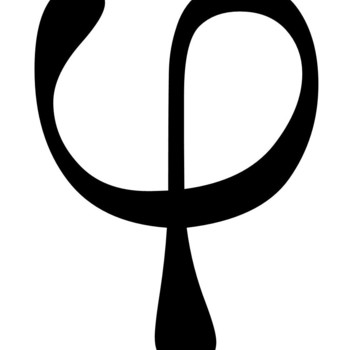We have #"C"_2"H"_5# as the empirical formula. We must find its molar mass. To do so, we need to know how many moles of it evaporated. Use the Ideal Gas Law:
#PV=nRT#, and here:
#P=1"atm"#
#V=9.6"L"#
#R=0.0821"L atm K"^-1"mol"^-1#
#T=293.15"K"#.
To solve for #n#, moles, we rearrange:
#n=(PV)/(RT)#, and inputting:
#n=(1*9.6)/(293.15*0.0821)#
#n=0.399"mol"~~0.4"mol"#
Another formula for moles is #n=m/M#, where #m# is the mass and #M# the molar mass.
Rearranging to solve for #M#, we get:
#M=m/n#
We have #m=23.2"g"#. Inputting:
#M=23.2/0.399#
#M=58.16"g/mol"#
We must calculate the molar mass of the empirical formula:
#M_e=(12*2)+(1*5)#
#M_e=29"g/mol"#
We see a #2:1# ratio.
Therefore, the molecular formula is #"C"_4"H"_10#, which is probably butane.


